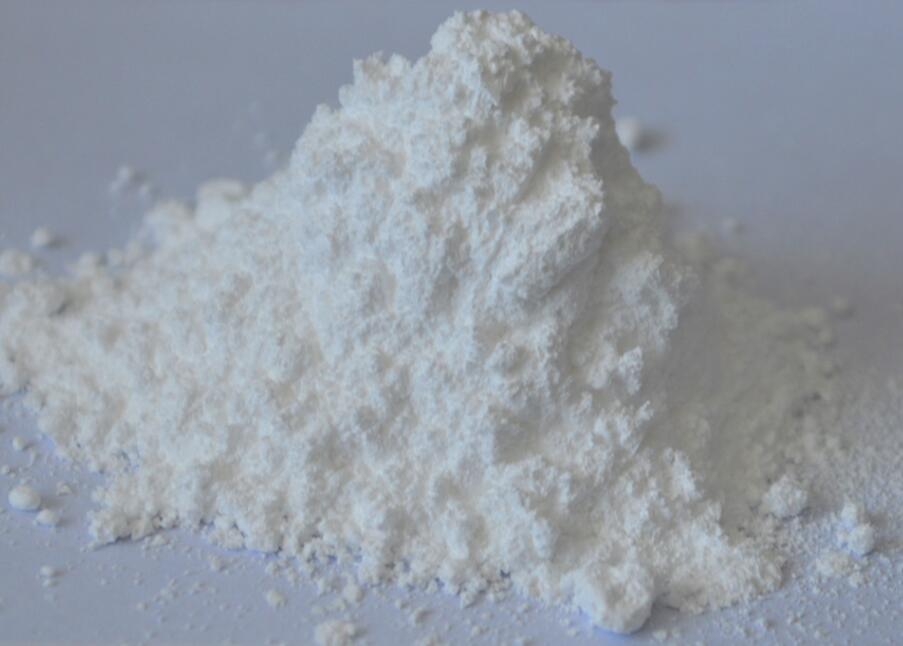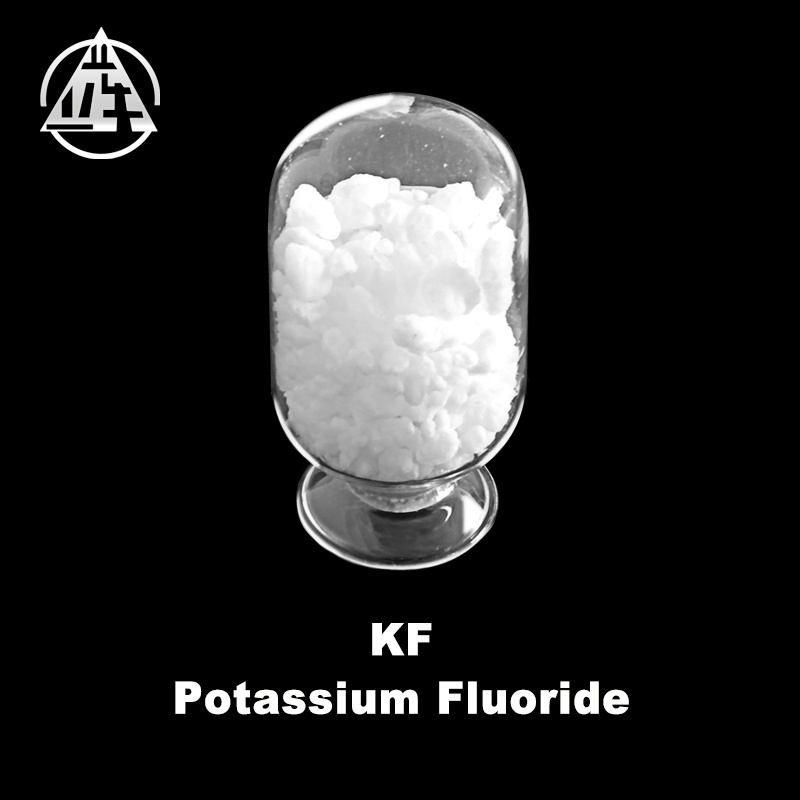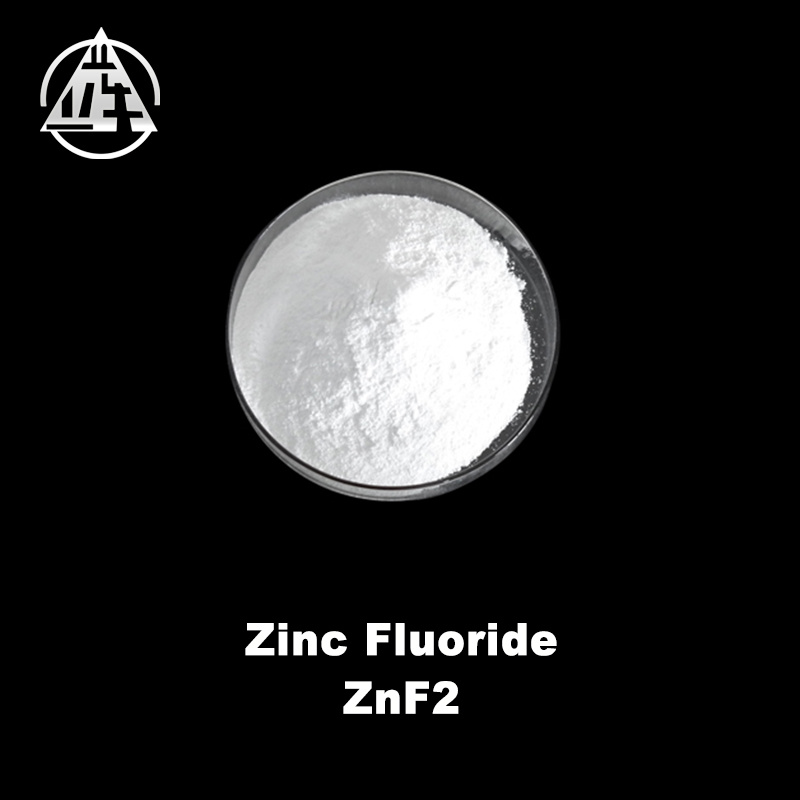Physical and chemical properties of Lithium Fluoride LiF
Release Time:
2022-12-01
Lithium hydrogen fluoride (LiHF2) can be produced with hydrofluoric acid, and Lithium Fluoride LiF and lithium hydroxide double salt (LiF·LiOH) can be produced with lithium hydroxide.
Lithium Fluoride LiF physical properties: white cubic crystal or powder. Volatile when heated to 1100-1200°C. Its melting point is 462°C. Soluble in acid, slightly soluble in water (the solubility in water at 25 o'clock is 0.13G/100ml), insoluble in ethanol and acetone. Relative density (d20) 2.640. The melting point is 848°C. The boiling point is 1681°C. Toxic, the minimum lethal dose (guinea pig, oral) 200mG/kG. irritating.
Chemical properties: Lithium hydrogen fluoride (LiHF2) can be produced with hydrofluoric acid, and Lithium Fluoride LiF and lithium hydroxide double salt (LiF·LiOH) can be produced with lithium hydroxide.

Uses: Used as a desiccant. flux. Flux for welding aluminum. Prism fabrication for infrared spectrophotometers. Manufacture of enamels and glazes. In the ceramic industry, it is used to reduce kiln temperature and improve thermal shock resistance, abrasion resistance and acid corrosion resistance. Flux for metal welding with other fluorides, chlorides and borates. It is the basic component of the electrolyte of the fluorine electrolyzer. In high-temperature batteries, it is used as an electrolyte component in a molten state. As a carrier in breeder reactors.



